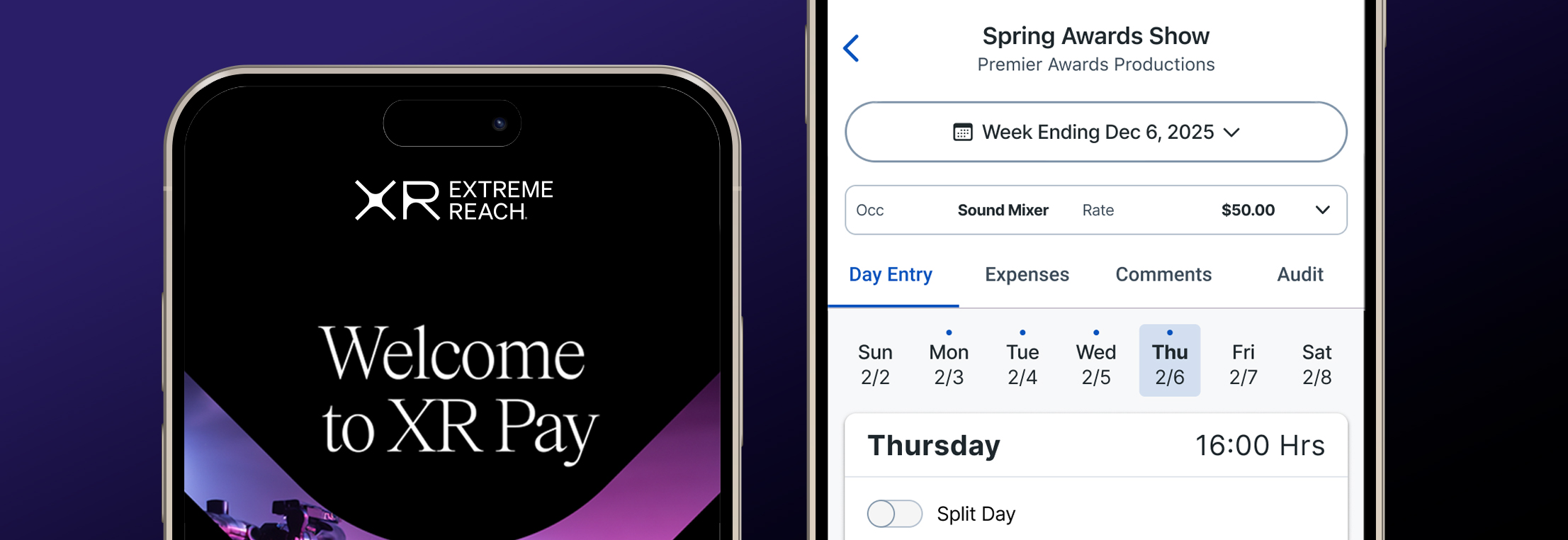What Marketers Can Learn From Formula 1 Racing
This article was originally published as a Guest Column on AdExchanger.com.
We’re in the midst of another exciting Formula 1 season, as the sport experiences unprecedented levels of popularity.
In this multibillion-dollar industry, top performance is everything. The teams competing on the track spend hundreds of millions of dollars annually to ensure their cars are best-in-class. Much of this money goes toward tracking every element of performance in detail, with loads of data coming from telemetry sensors on the car in real time.
Of course, racing wasn’t always this way. Forty years ago, teams were still using a stopwatch to time their laps.
Like F1 cars, the marketing world also generates data. The difference is it’s not connected to anything that can help brand managers make the kind of data-fueled decisions that have been a game changer for F1 teams.
For all the talk of automation and real-time measurement, marketing is still much closer to the stopwatch than it is to modern racing. That can change, with a few small tweaks.
Rallying the marketing pit crew
One way to understand the data disparity between Formula 1 and advertising is to look at why racing teams and marketers are collecting data, as well as what can be done with it.
The modern F1 crew setup resembles a rocket launch, with teams closely watching monitors and reading data. They’re measuring speed, of course, but also drag, resistance, fuel consumption, tires, heat and dozens more elements. During a race, the team can use this information to make strategic decisions and adjustments in near real time. The decision of when to change tires and when to conserve fuel can be the difference between winning and losing in Formula 1.
Of course, F1 teams don’t simply show up on race day, rev up the engines and hope for the best. They test repeatedly and methodically. Data is gathered from all of those touch points on the car during practice runs and qualifying heats. This is all collected, analyzed by teams of experts and used to formulate the best strategy for race day, when the results actually count. This information fuels a season-long process of monitoring and optimizing in the hopes of raising a championship trophy by season’s end.
Meanwhile, though the notion of real-time data, analysis and optimization has filled ad tech sell sheets for a decade, we still don’t see this in practice.
Marketing teams should be monitoring asset usage, talent rights, creative effectiveness, reach, frequency, response, conversions and ROI. While this level of performance data is delivered and used, it generally happens after a campaign is complete. Global media campaigns have year-long run times, which means some of this data isn’t examined until a year later. This reduces any possibility of timely adjustments and optimizations that could improve the outcome.
Marketers have the data and tools for real-time changes
Marketing data simply needs to move faster. Overproduction of assets has become the norm for global brands, yet marketers rarely have access to any analysis of what’s working around the world.
Data isn’t shared in real time from one centralized, supervising crew, so there’s no way to swap in creative that is performing better in other markets. In fact, the global marketing department may never learn that individual markets chose not to use certain creative assets.
The net result is that, at best, brands collect data at the end of a campaign, review the results and make adjustments for the next project. That’s the equivalent of an F1 team watching the race from the stands, then huddling after their two drivers come in last to see if they can figure out why.
The irony is that F1 teams rely on AWS for cloud hosting – the very same cloud infrastructure that powers so many marketing data and measurement platforms. There’s no reason the ad space can’t have the same real-time capabilities.
Winning data
It’s time for marketers to do what all F1 teams do: practice, test, iterate, learn and react. They need to treat the first critical days of a campaign as testing or “practice.” By optimizing campaigns in near real time, the early signals should improve the overall ROI for the full campaign, as well as the investment in talent and creative for future campaigns.
Marketers can launch complex plans swiftly and precisely. They can watch campaigns unfold as they track performance across screens. Doing so will have a huge impact on a brand’s bottom line, helping them put away the stopwatch and drive more revenue.
Read more:



.jpg)
